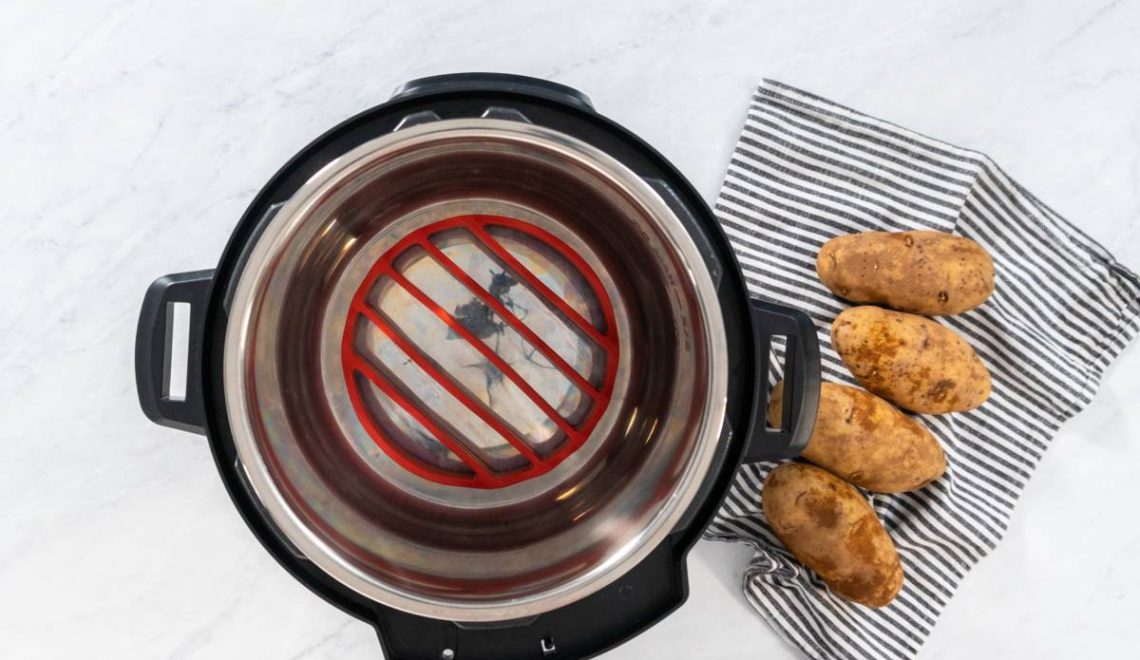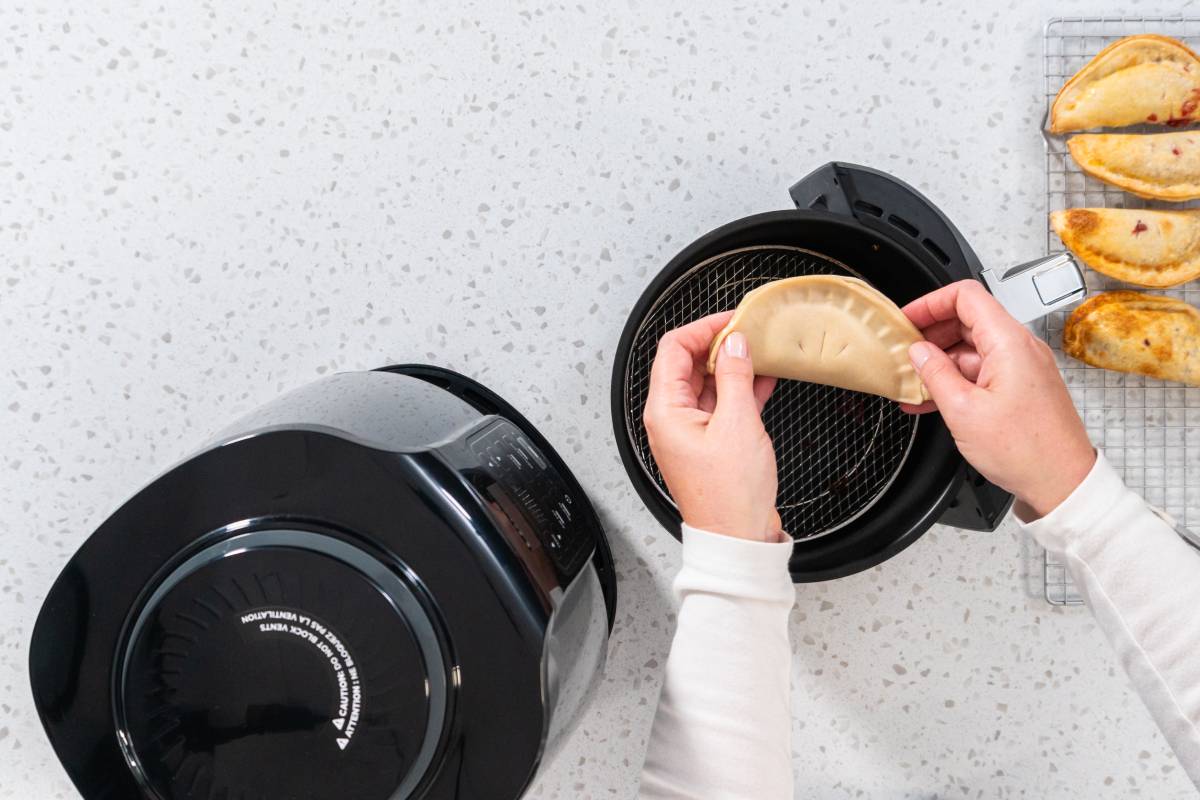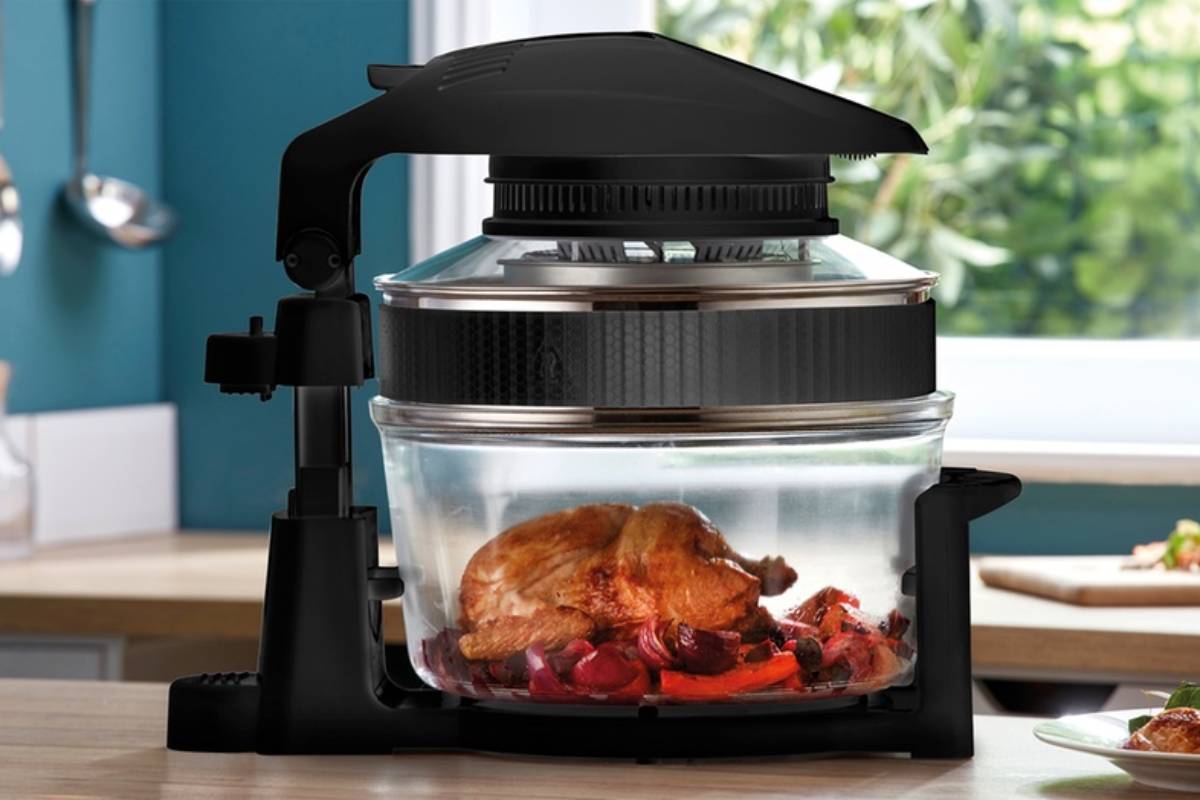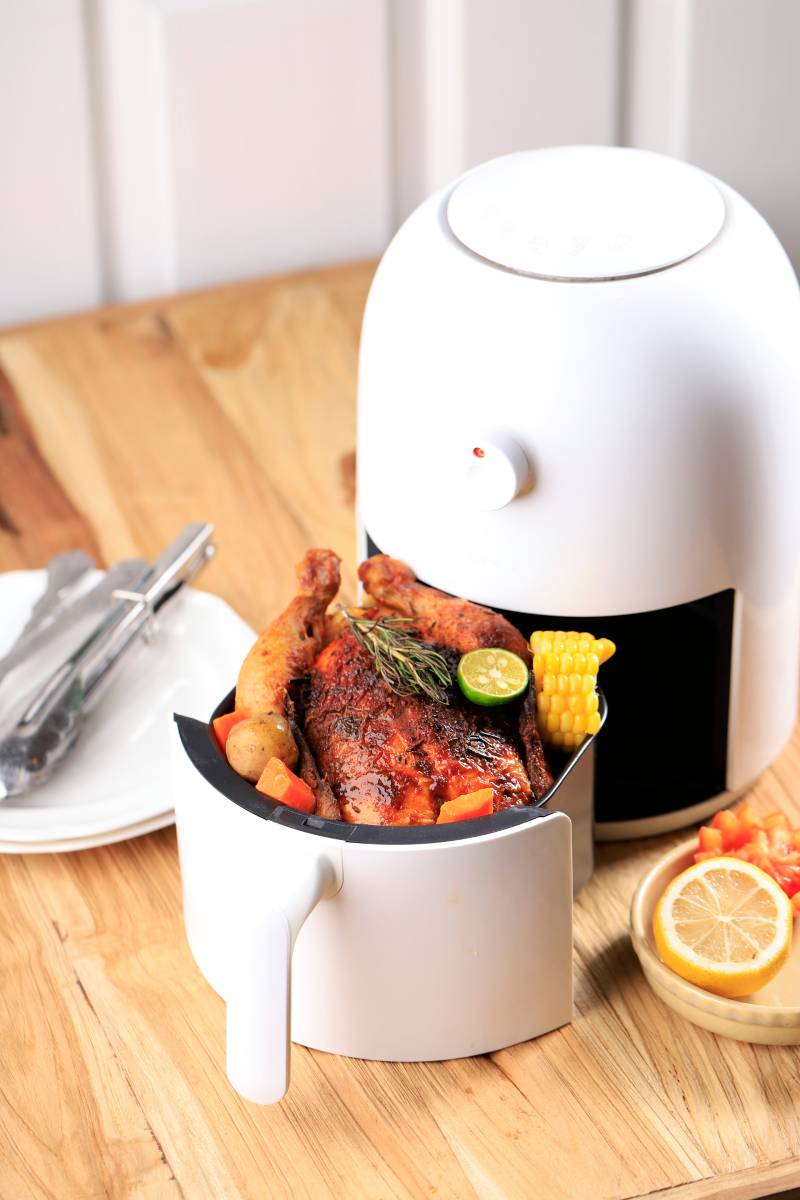
Choosing between a halogen oven and an air fryer is a common dilemma, especially for those looking for energy-efficient cooking options. If you’re still undecided between the two appliances, you’re not alone.
With the increasing cost of living, many of us are seeking ways to reduce energy consumption to combat rising bills. This has led to a shift away from traditional electric ovens to more efficient cooking methods. Air fryers have gained popularity as a convenient alternative, and many people, including myself, find themselves using their ovens less frequently since getting an air fryer.
However, air fryers aren’t the only alternative to ovens. Another option that has been around for a while is the halogen oven. Since halogen ovens and air fryers differ in appearance and technology, deciding which one to buy can be challenging, especially if you have no experience cooking with either appliance.
You might also read:
- What is a garden shed? What are the pros and cons of a garden shed? What is the best type of garden shed?
- What is pest control? Are pest controls worth it? Can I stay in my house after pest control?
what are the differences between an air fryer and a halogen oven?
Air fryers and halogen ovens are both popular kitchen appliances that offer healthier cooking options compared to traditional frying and baking methods. Here are some key differences between the two:
- Cooking Method:
- Air fryer: Air fryers use hot air circulated rapidly around the food to cook it. They work by convection, similar to a convection oven but in a smaller, more compact appliance. Air fryers typically have a basket or tray where the food sits, allowing the hot air to circulate around it.
- Halogen oven: Halogen ovens use a halogen bulb to produce heat, which is then circulated by a fan. They also use infrared technology to cook food quickly and evenly. Halogen ovens usually have a glass bowl where the food is placed, and the heat is directed onto the food from above.
- Size and Capacity:
- Air fryer: Air fryers come in various sizes, but they are generally smaller and more compact compared to halogen ovens. They are suitable for cooking smaller portions of food, typically for one to four people.
- Halogen oven: Halogen ovens are typically larger and have a higher capacity than air fryers. They can accommodate larger quantities of food and are suitable for cooking for families or larger gatherings.
- Versatility:
- Air fryer: While primarily used for air frying, many air fryers come with additional functions such as baking, grilling, roasting, and even dehydrating. They are versatile appliances that can handle a variety of cooking tasks.
- Halogen oven: Halogen ovens are also versatile but may have fewer cooking functions compared to air fryers. They can roast, bake, grill, steam, and even defrost food.
- Cooking Time:
- Air fryer: Air fryers typically cook food faster than conventional ovens but may have longer cooking times compared to halogen ovens due to their smaller size and lower wattage.
- Halogen oven: Halogen ovens are known for their rapid cooking capabilities. They can cook food faster than conventional ovens and may have shorter cooking times compared to air fryers for certain dishes.
- Ease of Cleaning:
- Air fryer: Air fryers are usually easier to clean than halogen ovens due to their removable trays or baskets and non-stick surfaces.
- Halogen oven: Halogen ovens can be a bit more cumbersome to clean, especially the glass bowl, which may require more effort to wash.
While both air fryers and halogen ovens offer healthier cooking alternatives and can perform various cooking tasks, they have differences in cooking method, size, versatility, cooking time, and ease of cleaning. The choice between the two often depends on individual preferences, cooking needs, and available kitchen space.

What are the pros and cons of an air fryer?
Pros
- Healthier Cooking: Air fryers require little to no oil to cook food, making them a healthier alternative to traditional frying methods. They can produce crispy, golden-brown results with significantly less fat.
- Versatility: Many air fryers come with multiple cooking functions such as baking, grilling, roasting, and even dehydrating. This versatility allows you to cook a variety of foods with just one appliance.
- Faster Cooking: Air fryers typically cook food faster than conventional ovens, making them a convenient option for busy individuals or families.
- Easy to Use: Air fryers are relatively simple to operate, often requiring just a few buttons to adjust temperature and cooking time. They also usually have pre-programmed settings for popular dishes.
- Easy to Clean: Most air fryers have removable, non-stick cooking baskets or trays that are dishwasher safe, making cleanup quick and hassle-free.
- Energy Efficiency: Air fryers generally consume less energy compared to conventional ovens, especially when cooking smaller portions of food.
Cons
- Limited Capacity: Air fryers are typically smaller than conventional ovens, so they may not be suitable for cooking large quantities of food at once. This can be inconvenient for cooking for larger families or gatherings.
- Learning Curve: While air fryers are easy to use, there may be a learning curve when it comes to adjusting cooking times and temperatures for different types of food, especially for first-time users.
- Texture Differences: While air fryers produce crispy results, the texture may not always be the same as deep-frying. Some foods may come out drier or less crispy than when deep-fried.
- Space Requirement: Although air fryers are smaller than conventional ovens, they still take up counter space. If you have limited kitchen space, this could be a consideration.
- Price: Air fryers can be relatively expensive compared to other kitchen appliances, especially if you opt for larger models with more features. However, they can often pay for themselves over time through reduced oil usage.
- Not Suitable for All Foods: While air fryers can cook a wide range of foods, they may not be the best option for certain dishes, such as those that require a lot of liquid or breading.



